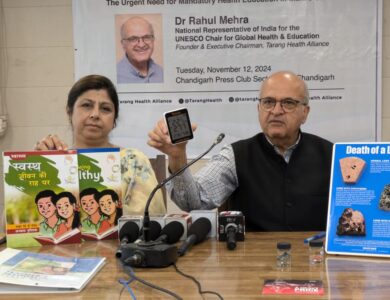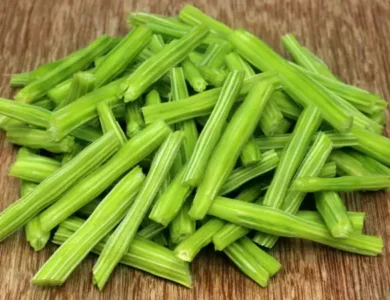Diabetic Dilemma: Can You Eat Rice? The Surprising Answer and Smart Tips for Enjoying It

For many diabetics, rice is a forbidden fruit. Its starchy nature and high glycemic index seem to make it a diabetic enemy. But is giving up rice completely necessary? The answer, surprisingly, is no. With smart choices and proper preparation, diabetics can still enjoy this common staple in moderation.
Understanding the Concerns:
Carbs and Starch: Rice is rich in carbohydrates, specifically starch, which breaks down into glucose and can spike blood sugar levels.
High Glycemic Index: Rice has a high glycemic index, meaning it raises blood sugar faster than other foods.
Overeating: Rice is often overconsumed, further exacerbating the blood sugar spike.
But Rice Also Packs Benefits:
Vitamins and Probiotics: Rice is a good source of B vitamins and can be a probiotic powerhouse when fermented correctly.
Digestive Support: It’s easily digestible and suitable for all ages. Resistant starches in fermented rice can even aid gut health.
Kidney-Friendly: Low in potassium, rice can be suitable for some kidney patients.
Making Rice Diabetes-Friendly:
Cooking Method: Ditch the pressure cooker and opt for open-pan cooking followed by draining excess water to reduce starch content.
Cool it Down: Boiling and cooling rice for 8-10 hours increases resistant starch, which slows down sugar absorption.
Portion Control: Start by reducing rice intake and frequency, aiming for once a day instead of twice.
Fibre and Protein Power: Pair rice with vegetables, protein sources like paneer, curd, or meat, and healthy fats to balance blood sugar levels.
Exercise Your Way to Stability: Walk after meals to keep sugar levels stable, and consider eating rice post-workout for its energy boost.
Yes, diabetics can eat rice! The key lies in mindful choices. Instead of fearing this staple, embrace it in small portions with plenty of fibre, protein, and healthy fats. Remember, it’s not about eliminating rice completely, but about incorporating it responsibly into a balanced diabetic diet.
Bonus Tip: While you don’t necessarily need to switch to whole-grain rice, it can be a healthier option for its higher fibre content. However, individual responses to various rice types may vary, so listen to your body and consult your doctor for personalized advice.
( This article is based on the Twitter thread shared by @ShreyaShah22 on Twitter)
DISCLAIMER: The information provided here is for general informational purposes only and should not be considered as professional advice. Consult your doctor for more information and for recommended diet and treatment.








